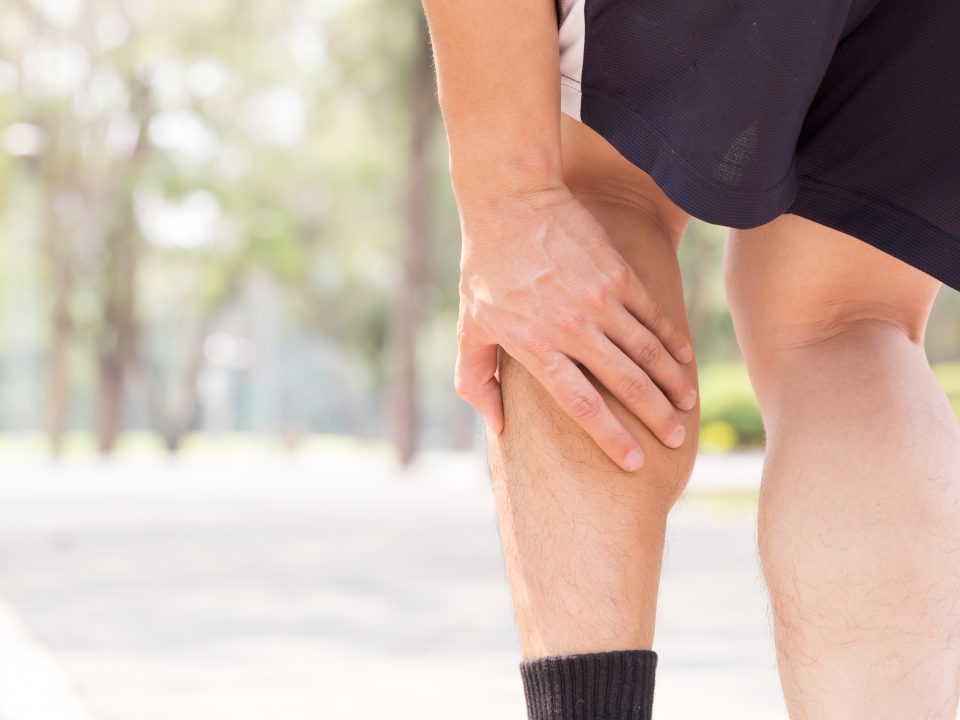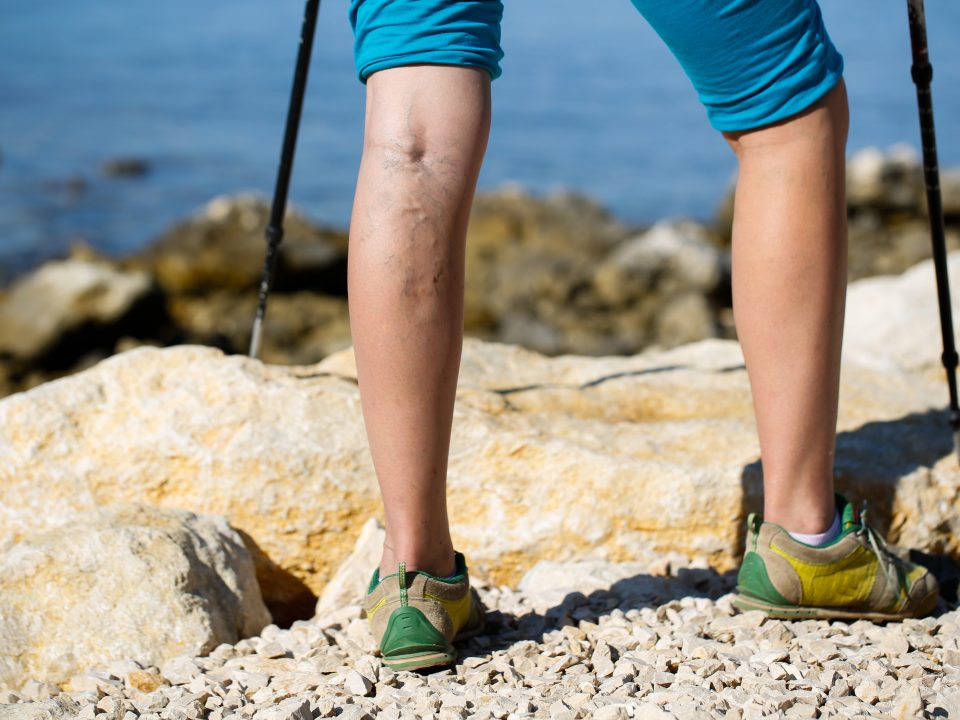Risk Factors
People who smoke or have diabetes have the greatest risk of developing peripheral artery disease due to reduced blood flow.
Factors that increase your risk of developing peripheral artery disease include:
- Smoking
- Diabetes
- Obesity (A body mass index over 30)
- A family history of peripheral artery disease, heart disease or stroke
- High blood pressure
- High cholesterol
- Increasing age, especially after reaching 50 years of age


